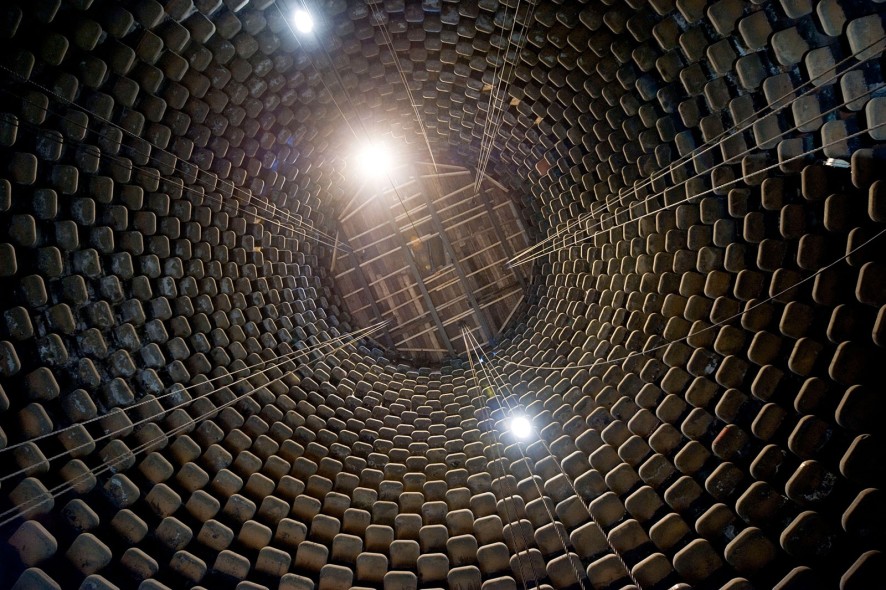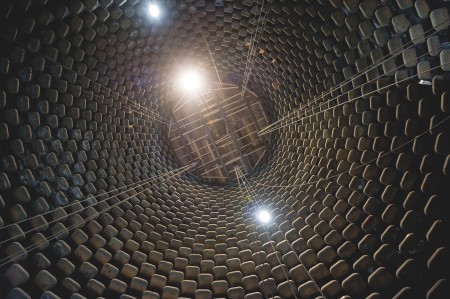Trade press, Daily press, 2013-10-29, 12:16 pm
ThyssenKrupp Steel Europe puts blast furnace 9 in Duisburg back into operation
Preparation for removal of blast furnace 2 in the coming year

ThyssenKrupp Steel Europe’s blast furnace 9 in Duisburg-Hamborn has been fired up again and started a new campaign. The facility in the north of Duisburg was taken out of service in spring 2012 for relining and replacement of parts of the cooling system. The flat steel producer has invested around 38 million euros in the upgrade, designed to improve the competitiveness and viability of the site.“With the modernization of blast furnace 9 we have a state-of-the-art core facility back at our disposal,” says Dr. Michael Peters, head of ThyssenKrupp Steel Europe’s hot metal unit. Hot metal production in blast furnace 9 has been restarted in preparation for the planned reline of blast furnace 2 in Duisburg-Schwelgern next year. How long ThyssenKrupp Steel Europe’s four blast furnaces in Duisburg are operated at technically and economically optimum levels will depend on how the market develops in the future.A campaign is the period during which a blast furnace is continuously operated before its roughly two meter thick refractory lining has to be replaced. In the blast furnace, iron ores are reduced with coke and coal dust to form metallic iron. This iron is converted into crude steel in the melt shops. The previous campaign of the relined facility lasted 25 years. Originally built in 1962 and revamped and enlarged to its current size in 1987, blast furnace 9 produced altogether around 40 million tons of hot metal in this period. Around 2,400 tons of refractory material was required for the 2012 reline – 1,900 tons for the hearth and 500 tons for the shaft area.ThyssenKrupp Steel Europe has four blast furnaces in total. Two of them are in Duisburg-Hamborn – the now restarted facility and the newly built blast furnace 8. Conspicuous for its red color design, blast furnace 8 went into operation in December 2007. These two units together produce around 3.7 million tons of hot metal per year. The two blast furnaces 1 and 2 in Duisburg-Schwelgern are roughly twice as big and together have an output of roughly 7.7 million tons per year.




